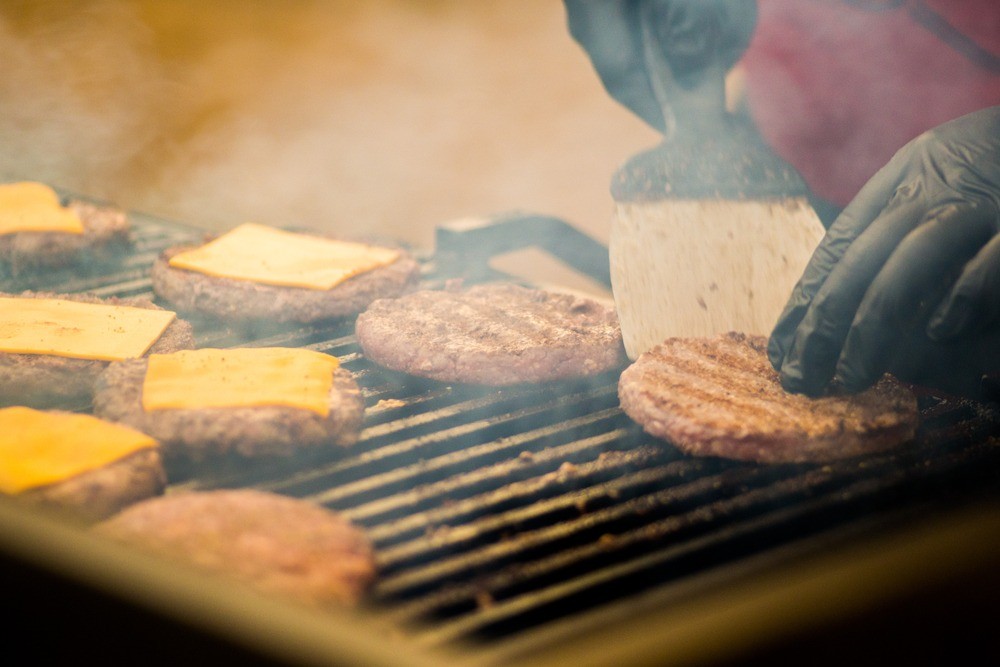Finally got the Internet of Things figured out? Well, now there’s the Industrial Internet of Things (IIoT) to tackle as well. Before we jump in, let’s take a step back and ground ourselves in a few definitions.
According to Wikipedia, the Internet of Things (IoT) “is the inter-networking of physical devices, vehicles, buildings, and other items embedded with electronics, software, sensors, actuators, and network connectivity, which enable these objects to collect and exchange data. IoT allows objects to be sensed or controlled remotely across an existing network infrastructure,creating opportunities for more direct integration of the physical world into computer-based systems. Experts estimate approximately 30 billion objects will have IoT sensors by 2020.
Current market examples include home automation, such as the control of lighting, heating, ventilation, air conditioning, and appliances that use Wi-Fi for remote monitoring.
IoT is consumer-focused, whereas IIoT is focused on improving industrial applications for business operations, such as cost reductions, increased efficiency, proactive maintenance, implementation of green practices, and more.
IIoT in Manufacturing has the potential to generate so much business value that it could eventually lead to the fourth industrial revolution—the so-called Industry 4.0.
Connectivity and data acquisition are imperative for IIoT, but they’re not the main purpose. Rather, they should form the foundation and path to something bigger. Among all the technologies that could fall under IIoT, predictive maintenance is among the “easier” wins since it is applicable to existing assets and management systems.”
Do You Want Fries with That?
As an entry point into IIoT, a major fast food retailer began their journey with predictive maintenance through the incorporation of sensors into their cooking platforms.
Faced with questions like, “At what point do you stop fixing a constantly breaking machine and replace it instead?” and, “How does an inoperable machine effect sales and customer satisfaction?” the retailer took action by adding sensors into their grill stations. Grill downtime for a fast-food retailer directly correlates to lost sales, but to what degree? And at what point do these losses justify a replacement? A number of variables factor into addressing these questions: time, frequency, temperature, cost, and historical and OEM data.
The embedded sensors record various grill temperature points throughout the day. Logging this information relative to OEM data surfaces temperature baselines and anomalies. A high frequency of anomalies or outliers over a short period of time raises questions around the sustainability of the equipment. Is the anomaly being detected across all temperature points or a single area?
Typically, an anomaly that’s limited to a single area will point to a coil that may be going bad or perhaps an electrical malfunction, but detecting anomalies across various sensor points typically indicates the need to replace the whole unit rather than a single part.
The business understands the difference between the cost of a repair and a replacement. With repairs, the time it takes to repair the equipment, the cost of the part(s), and lost sales are contributing data points. With replacements, the cost of the new grill and the lifespan of the asset are key factors.
Using these repair and replacement data points, the business has the ability to infer operational risk with a certain degree of confidence. Once risk is assessed and the indicators have been fully tested, trialed, and proven, predictive models and automation can be implemented to minimize downtime while leveraging historical service record data.
A high-level example of this would be that Grill #1 sensor data has recorded an increase in temperature fluctuation frequencies over shorter periods of time, and current and historical sensor data reflect the number of service tickets that have been logged for that specific machine since installation. This data-driven process can automatically generate a service ticket ahead of time, minimizing downtime by eliminating the manual process required for submitting a ticket. Grill production data can be monitored through a management dashboard accessible via mobile phone. In addition, a decision hierarchy can be added to allow a manager to review data and log a decision to repair or replace.
No More Spray and Pray
To help growers monitor, adjust, and learn from the performance of their sprayer while it moves through the field, a leading farming manufacturing company introduced IIoT technology and an accompanying app to allow growers to better understand nozzle-by-nozzle and row-by-row sprayer details.
Growers can use this app to seamlessly monitor each machine from one production step to the next. Using the app integrated with machine sensor technology, growers can easily compare data layers from previous production steps with what they see as they’re scouting fields. This includes access to performance data averaged across the entire field or individual planted sections.
This technology, combining IIoT and mobile accessibility, allows users to monitor data taken from the fields and make decisions from the comfort of their tractor cabs.
Within these sensor-enabled sprayers, growers can view mapping of critical job quality information that includes as-applied rates, rate deviation, spray pressure, and ground speed to ensure on-target application, mitigate the risk of product drift, and avoid the need for re-application.
More Data, More Security
All good things come with a price. When it comes to IIoT and IoT, security, privacy of information, and even physical security are of major concern. In particular, cyber-attacks have the potential to evolve from data and identity crimes to life-threatening assaults (shutting down pacemakers, insulin pumps, or implantable cardioverter defibrillators, to name a few). Household appliances could spy on people in their own homes, and computer-controlled devices in automobiles such as brakes, engines, locks, and hood and trunk releases have shown vulnerability.
These innovations and their accompanying dangers may sound like they’re straight out of a sci-fi movie, but they are real. We must make sure the desire to innovate doesn’t outpace common sense.
 Tony Streeter is the Chief Marketing Officer, SVP at Y&L Consulting, Inc. in San Antonio, Texas. Mr. Streeter has led new product development, Ecommerce marketing, and integrated platform marketing initiatives for major companies such as Harland Clarke, Deluxe Corporation and RR Donnelley. Currently, Mr. Streeter leads marketing and branding initiatives for Y&L Consulting, a comprehensive IT Services & Solutions company specializing in IT Development, Information Management/BI, and Service Desk Services.
Tony Streeter is the Chief Marketing Officer, SVP at Y&L Consulting, Inc. in San Antonio, Texas. Mr. Streeter has led new product development, Ecommerce marketing, and integrated platform marketing initiatives for major companies such as Harland Clarke, Deluxe Corporation and RR Donnelley. Currently, Mr. Streeter leads marketing and branding initiatives for Y&L Consulting, a comprehensive IT Services & Solutions company specializing in IT Development, Information Management/BI, and Service Desk Services.

